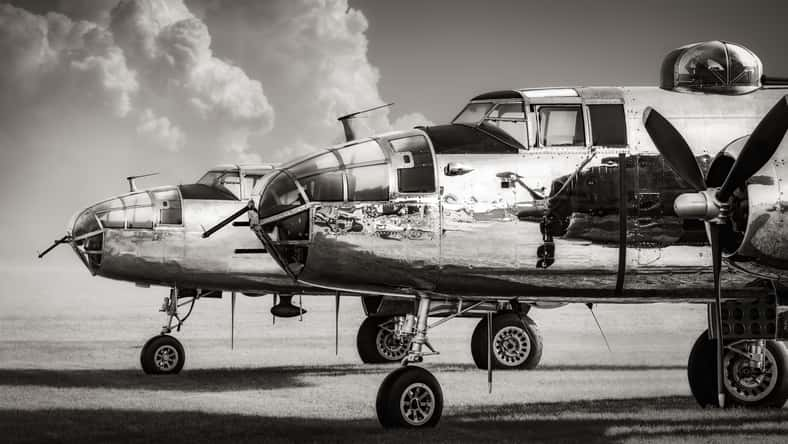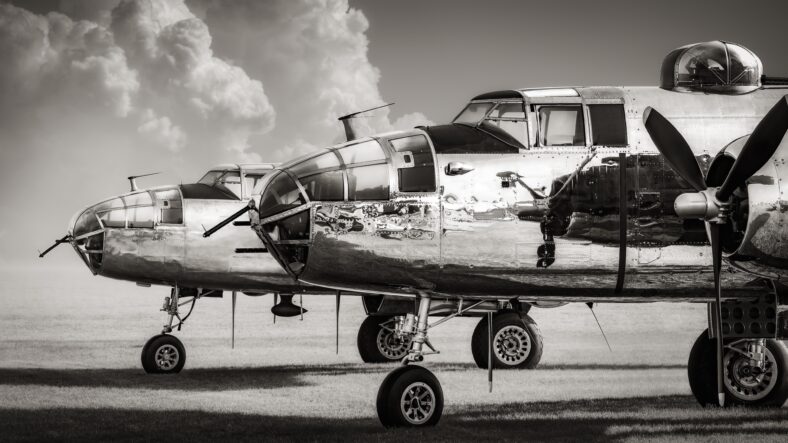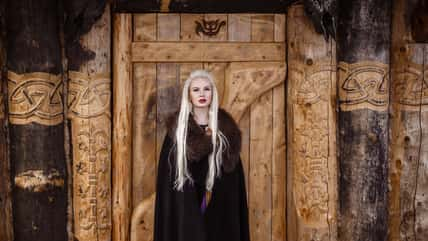She Was The First Chinese American Woman To Fly For The U.S. Military In An Era When Women Were Told To Keep Their Feet On The Ground

Hazel Ying Lee was the first Chinese American woman to fly for the United States military. She served with the Women Air Force Service Pilots (WASP) during World War II, an era when women, especially women of color, were told to keep their feet on the ground.
She and Margaret (Maggie) Gee were the only two Chinese Americans to serve as WASP. The military did not allow female pilots to fly overseas or in combat, but in WASP, they could perform test flights, ferry planes between military bases, and run training exercises.
Lee’s journey to becoming a pilot was not easy. She experienced discrimination because of her race and gender.
Hazel Ying Lee was born in 1912 in Portland, Oregon, to parents who had immigrated from China. She was one of eight children.
After graduating from high school, Lee got a job as an elevator operator at a department store in Portland to pay for flying lessons.
She developed a passion for flying after visiting an airstrip with friends and taking a short flight. Eventually, she enrolled in a flight program sponsored by the Portland Chinese Benevolent Society.
She earned her pilot’s license in October 1932 at just 20 years old. Around that time, Japan had just invaded Manchuria, a region in northeast China.
The Chinese military needed pilots, so Lee traveled to China in 1933, along with many other Chinese Americans and Chinese citizens, to help defend the country.
However, she was unable to join the Chinese Air Force because she was a woman. In 1937, Lee was in Guangzhou when Japanese forces bombed the city.

Sign up for Chip Chick’s newsletter and get stories like this delivered to your inbox.
The following year, she returned to the U.S. and got a job purchasing war materials in New York for the Chinese government.
In 1943, Lee applied to what would eventually become the WASP program and was accepted into the training class 43-W-4. By then, she was in her early 30s.
Lee became known for her sense of humor and talent as a pilot. She taught her fellow women pilots about Chinese culture and even used lipstick to write their names on the sides of their planes in Chinese characters.
The WASP faced gender discrimination, as some male pilots questioned their physical strength and emotional stability. They did not believe women were qualified to fly planes. The WASP also received lower pay than the men.
During her training, Lee married Clifford Yin Cheung Louie, a major in the Chinese Air Force. After completing her training, Lee was sent to Romulus Army Air Base in Michigan with the Air Transport Command’s 3rd Ferrying Squadron. She flew aircraft of all types and sizes.
In 1944, she attended the Pursuit School in Brownsville, Texas, and trained to become one of 134 total WASP to fly fighter planes.
She then learned that WASP would soon be disbanded in December 1944, so she decided to look for other flying opportunities.
Lee’s final mission took place on November 10, 1944. She was ordered to pick up a P-63 Kingcobra from the Bell Aircraft Factory in Niagara Falls, New York, and transport it to Great Falls, Montana. Bad weather delayed the mission. When the weather cleared up, Lee took off on November 23.
As she was preparing to land in Great Falls, another group of P-63s was incoming, confusing the control tower operators. Lee landed successfully but immediately collided with another P-63. Both aircraft burst into flames.
She was pulled from the wreckage and rushed to a hospital with severe burns. Two days later, Hazel Ying Lee died on November 25, 1944, the 38th and last WASP to die in the line of duty.
More About:Chicks We Love





